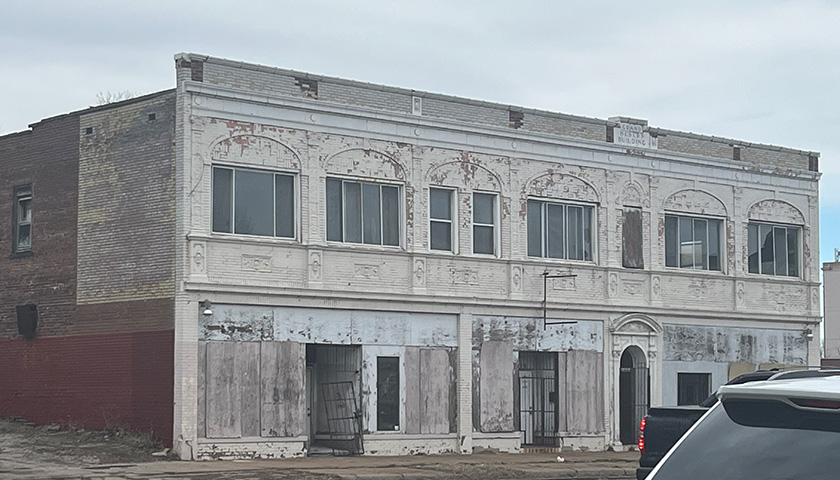Building Resilient Communities—One Conversation at a Time

In her research, Public Service and Healthcare Administration Professor Lauren Hajjar examines how agencies, organizations, and communities can streamline processes and practices to help them communicate better and achieve desired outcomes. Working as a subject matter expert for a US Department of Justice initiative, she’s been putting those ideas into practice in St. Louis, Missouri, using her integrated expertise to connect court-involved populations with the mental health services that they need.
“We’ve heard it time and again: public and nonprofit agencies are broken and ill-equipped to deal with complex issues such as mental health, substance use, crime, and poverty,” Hajjar says. “But a closer look reveals that many agencies operate in silos and simply aren’t talking to other agencies to coordinate the work around their shared clients. It creates a no-win situation for everyone involved.”
Hajjar points out, for example, that St. Louis judges and pretrial service providers—who’ve seen the disconnects between what the court system asks of individuals and what those individuals can realistically achieve—are moving away from traditional, often siloed, approaches.
Adopting a ‘warm handoff’ approach
She’s been assisting the 22nd Judicial Circuit Court in St. Louis implement and assess a nonmonetary services and supervision model, including what’s called a “warm handoff,” a best practice in healthcare designed to enhance communication and coordination within and across providers. With this new model, case managers literally meet incarcerated individuals in the correctional institution and accompany them to a treatment provider to introduce them to their point person. Then, case managers stay in touch with court-involved individuals, providers, and judges to communicate progress. “It’s simple communication and coordination, but it makes a huge difference,” says Hajjar.
Professor Hajjar’s research supports this approach to improved outcomes. One result is that judges feel more equipped to make decisions because they’ve been looped in to the case management services communications. And it seems to be working: More people are engaging in treatment and services and showing up in court—and that leads to better outcomes.
On a recent site visit with judges, pretrial services, nonprofit leaders, and members of the St. Louis mayor’s office, Hajjar saw firsthand how factors such as poverty, under-resourced neighborhoods, and a lack of infrastructure conspire to create huge social issues. The purpose of the site visit was to share the successes of the new partnerships and case management approach with community leaders and to engage a wider range of stakeholders to expand the efforts. “At first, some members of the group seemed skeptical about the approach, but by the end, they seemed to understand not only that it could further improve the process but also results for people as well,” she says.
Moving forward, Hajjar hopes this work will serve as a model for other jurisdictions, and encourages public and nonprofit leaders to adopt the “warm handoff” approach when connecting people to different parts of the system to improve outcomes and help build resilient communities.

Contact
Greg Gatlin
Office of Public Affairs
617-573-8428
Ben Hall
Office of Public Affairs
617-573-8092



